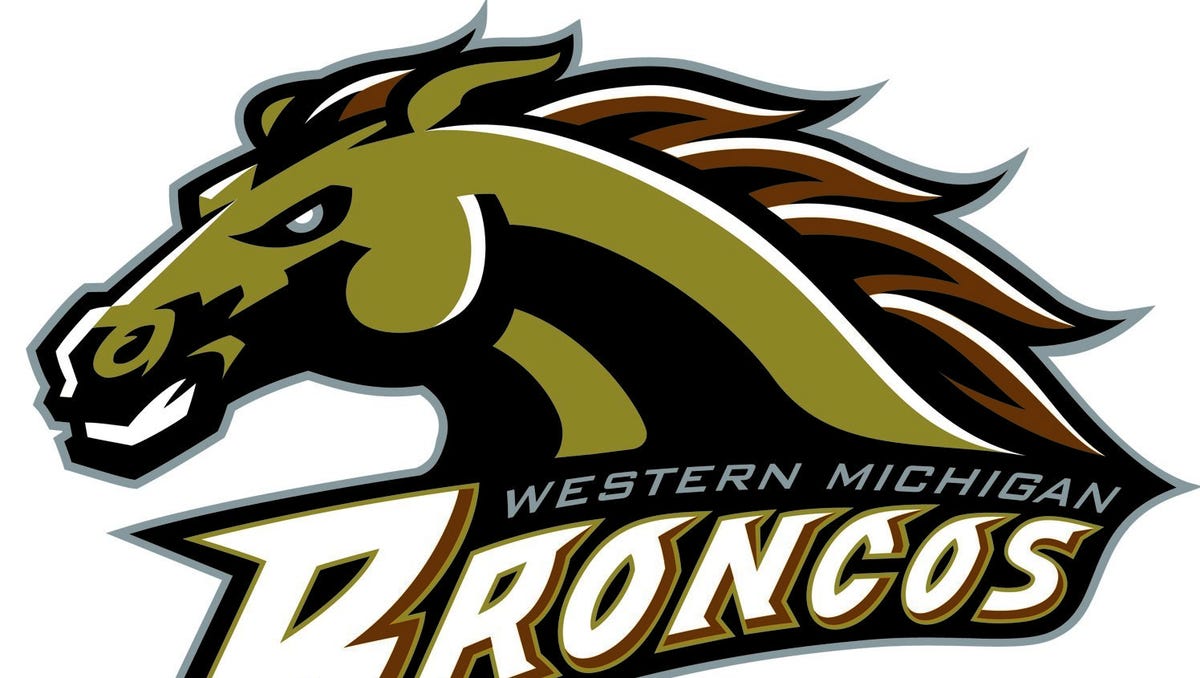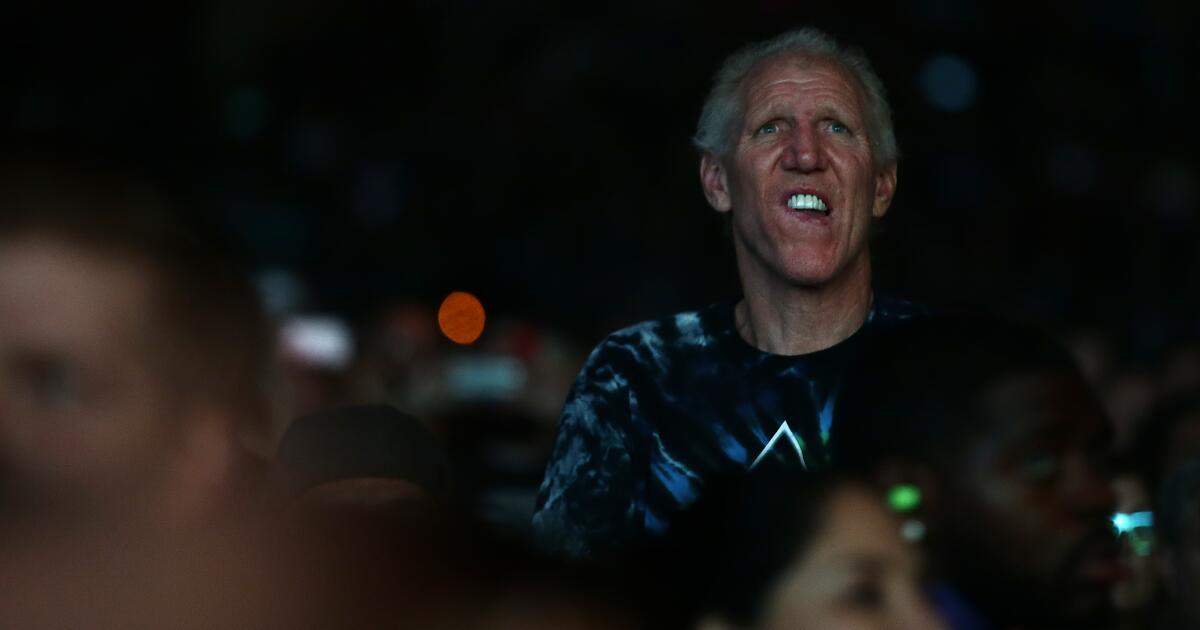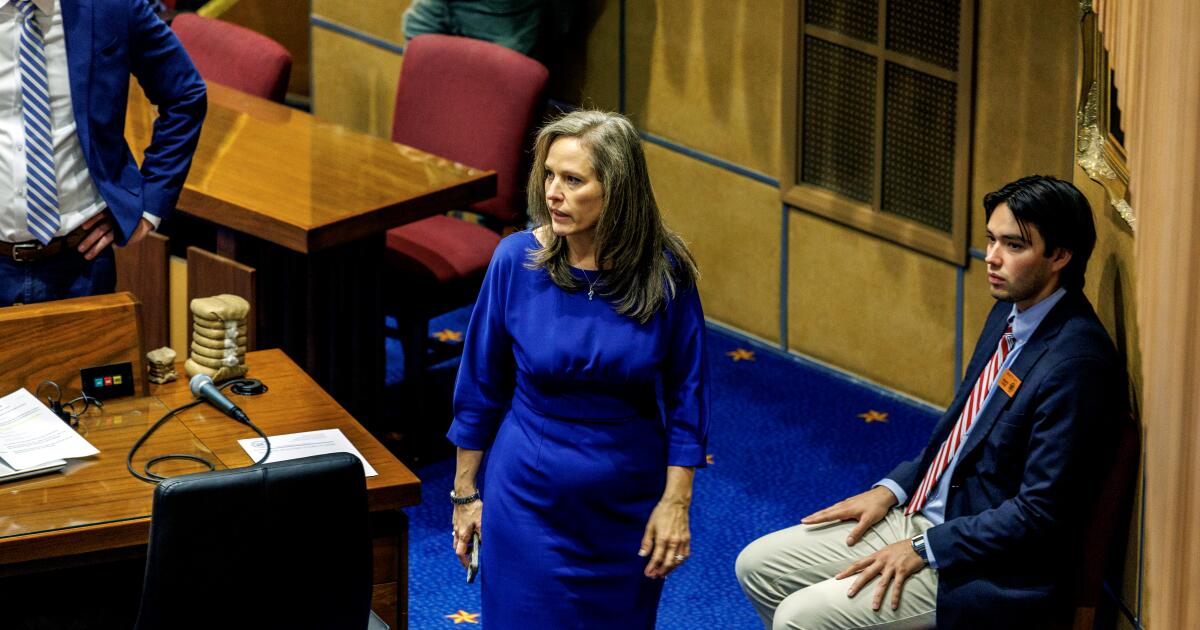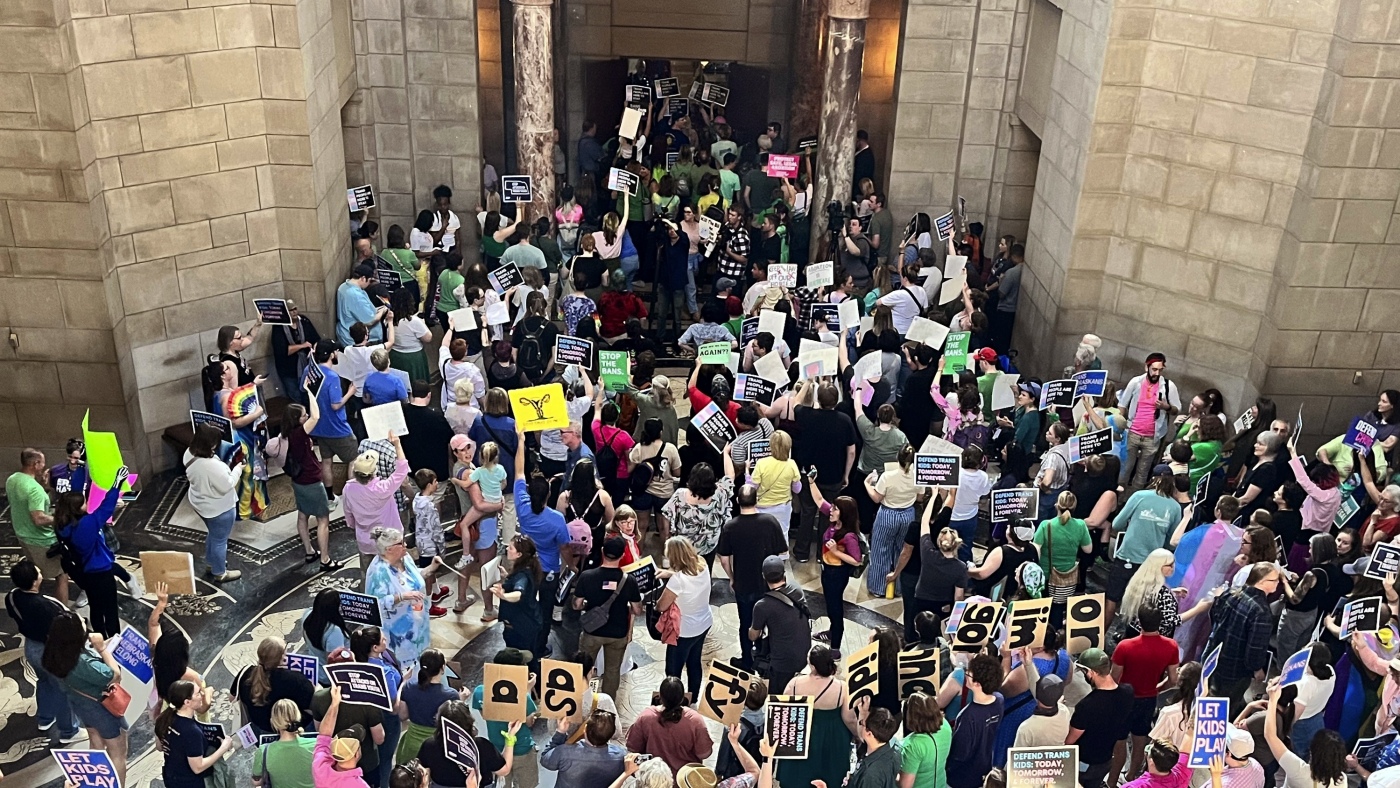Detroit, MI
Detroit Lions vs. Tampa Bay Buccaneers: Old NFC Central mates had epic rivalry in past
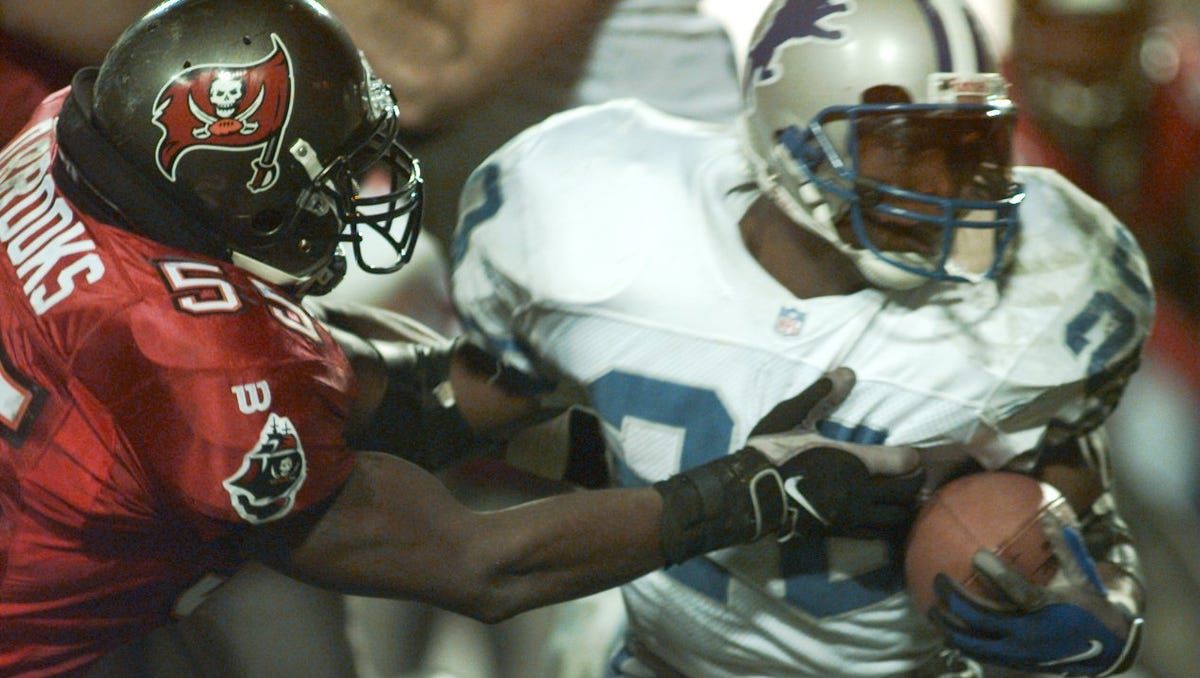
The Detroit Lions and Tampa Bay Buccaneers, who’ll face each other in the divisional round of the NFL playoffs on Sunday, have a long history with one another and will enter another chapter in that relationship this weekend.
The Lions host the Bucs at Ford Field on Sunday, trying to win two games in a single postseason for the first time in the Super Bowl era and make it to the NFC championship game for just the second time ever. The Buccaneers, meanwhile, are trying to return to the NFC title game for the first time since 2021.
The two teams met twice a year when they both called the NFC Central home, until NFL realignment. They’ve met 61 times in all, with the Lions holding a 32-29 advantage in the series (including the most recent meeting, won by the Lions back in October).
CITY COUNSEL: Comparing Detroit and Tampa, preparing for two big games Sunday
Most of the series’ matchups came before the 2002 realignment which created the NFC North and South divisions, but the Lions have played the Buccaneers 12 times since then. They’ve split those games with six wins apiece.
Here is a look at five major games through the rivalry:
Oct. 15, 2023: Lions 20, Buccaneers 6
The most recent matchup between these teams happened just three months ago during the early stages of this season. The 4-1 Lions visited Tampa to face the 3-1 Buccaneers.
The Lions’ defense was the story, holding the Buccaneers to just two field goals to move Detroit to 5-1, which was tied for the best record in the league at the time. The Lions held Tampa to 251 yards of offense, including just 46 yards rushing, while forcing one turnover (which led to a field goal). Tampa quarterback Baker Mayfield completed 19 of 37 passes for 206 yards and an interception.
Injuries hindered the offense, which put up its third-lowest point total of the season, but the Lions were able to strike on big passing plays: Jared Goff was 30-for-44 for a season-high 353 yards and two touchdowns. Amon-Ra St. Brown, who finished with 12 catches for 124 yards, had one of the scores, and Jameson Williams, in his second game back from a gambling suspension, had the other.
The Lions were without running back Jahmyr Gibbs and left guard Jonah Jackson in the matchup, then lost David Montgomery mid-game with a rib injury and only gained 40 rushing yards against Tampa’s tough-nosed front seven. They were also without defensive backs C.J. Gardner-Johnson and Brian Branch in the first matchup.
Dec. 26, 2020: Buccaneers 47, Lions 7
The Matt Patricia era feels like forever ago when talking about the Lions; one of the most humiliating defeats from that era came against the Buccaneers. A month after Patricia and general manager Bob Quinn were fired, the Lions faced the Tom Brady-led Bucs, who delivered a 40-point walloping in the next-to-last game of the 2020 season.
The Lions entered the game with five coaches in quarantine due to COVID-19 contact tracing, including interim head coach Darrell Bevell and defensive coordinator Cory Undlin. That forced receivers coach Robert Prince to take over as interim head coach, with assistant Evan Rothstein calling defensive plays and quarterbacks coach Sean Ryan calling plays on offense.
The Buccaneers jumped all over the shorthanded Lions from the jump to go up 34-0 at halftime, the third-worst halftime deficit in franchise history. Brady completed 22 of 27 passes for 348 yards and four touchdowns before giving way to Blaine Gabbert at the start of the third quarter, and the Bucs set franchise records for points (34), total yards (410) and passing yards (341) in a first half.
Matthew Stafford left with an ankle injury in the first quarter, giving way to veteran backup Chase Daniel, and the Lions’ offense was kept out of the end zone. Jamal Agnew scored the Lions’ only points on a 74-yard punt return touchdown.
Dec. 28, 1997: Buccaneers 20, Lions 10
Once upon a time, the Bucs were as equally inept a franchise as the Lions. And yet, for one season, the two met in the wild-card round of the playoffs. For the Lions, the wild-card team, it was their fourth playoff appearance in five seasons; but the Bucs, as NFC Central champs, were making their first trip to the postseason since 1982. They came away with a postseason win for the first time since 1979 (their fourth season of existence).
The Lions and Bucs split the two regular-season matchups, but the Bucs proved superior in the rubber match. Barry Sanders, who was fresh off his MVP campaign of 2,053 yards and 11 touchdowns, was held in check by Tampa Bay’s defense: 65 yards on 18 carries (and five catches for 43 yards). The only touchdown came from reserve running back Tommy Vardell — to be expected from the back nicknamed “Touchdown Tommy” — after the game was already out of reach.
The Bucs built a 20-0 lead in the third quarter as quarterback Scott Mitchell struggled. He left on a stretcher late in the quarter with his neck immobilized after a scary hit — he failed to slide on a third-down scramble. He was replaced by Frank Reich, who finished the game 11-for-15 for 129 yards. Mitchell, who never quite clicked on his five-year free-agent deal, played just two games for the Lions the next season before being replaced by rookie Charlie Batch, an Eastern Michigan alumnus. The Buccaneers’ final touchdown came on a 31-yard run from burly running back Mike Alstott, who powered through three defenders on his way to the end zone.
Oct. 12, 1997: Lions 27, Buccaneers 9
Sanders had plenty of highlights that are permanently seared into the brains of Detroit fans, particularly from the 1997 season, but his move on Bucs Hall of Fame safety John Lynch is safely near the top of the list.
In the second of three matchups in 1997, Sanders ran for 215 yards and two TDs (and added a 7-yard catch for a TD in the fourth quarter). The highlight was delivered in the first quarter, as Sanders cut back and met Lynch in the hole. Lynch, a two-time All-Pro and nine-time Pro-Bowler known for his bone-rattling hits, lowered to meet Sanders, but Detroit’s Hall of Famer juked him out and raced for an 80-yard touchdown to put the Lions ahead, 7-3.
Sanders was far from done: In the third quarter, soon after a Jason Hanson field goal put the Lions ahead 10-9, the Lions found the end zone on another epic TD from Sanders. This time, Sanders broke an 82-yard touchdown run, the third-longest rush of his career, on an outside run in which he made one Buc miss at the line of scrimmage and another along the right sideline before cutting back up midfield, putting the Lions ahead, 17-9.
Nov. 13, 1994: Lions 14, Buccaneers 9
Sanders delivered plenty of indelible moments against Tampa Bay, including setting his single-game career high during the teams’ Week 11 game, their second matchup of the season. Sanders grabbed 237 yards on 26 carries to power Detroit to a 5-5 record.
In the first quarter, Sanders was kept in check: four carries for 6 yards as Tampa held a 3-0 lead. He picked up 31 yards on five more carries in the second half, foreshadowing what was to come, but the Bucs still led, 3-0, at halftime.
He topped his first-half total on the Lions’ first drive alone, carrying them down the field to a touchdown with six rushes for 40 yards on the nine-play drive. The Bucs responded with a field goal to make it 7-6, but the Lions responded with a three-play drive, largely sparked by a 69-yard Sanders run, to make it 14-6. The Lions did not score again, but the defense held and Sanders was able to kill the clock with nine rushes in the fourth quarter, which included a 48-yard gain. In 20 career games against the Buccaneers, Sanders had 410 carries for 2,260 yards — an average of 5.5 yards a carry — and 16 touchdowns.

Detroit, MI
‘Bargain Block’ stars launch fundraiser to replace roofs in Detroit neighborhood

Keith Bynum and Evan Thomas, stars of Detroit-based HGTV show “Bargain Block,” are teaming up with several area nonprofits to raise money for new roofs in a Detroit neighborhood.
Bynum and Thomas are looking to raise $100,000 to replace 10 roofs in Detroit’s Fitzgerald neighborhood as an effort to “Roof The Block,” as the project is called.
“This initiative is really focusing in on the people that have lived in these neighborhoods for a long, long time, and to stay in their house, they need a new roof,” Bynum said in a video posted to the duo’s Instagram pages.
On “Bargain Block,” the team renovates old, often abandoned houses around the city of Detroit, doing the necessary repairs to make them safe and livable. They then sell those homes for $100,000 or more, with a focus on boosting the values across whole neighborhoods by working on clusters of houses. In the third and upcoming fourth season, the show is centered in the Fitzgerald neighborhood on the city’s west side.
Repairing roofs prevents water damage and and is one of the most important ways to stop homes from becoming unlivable, the effort says on its GoFundMe page.
Through their design office Nine Design and Homes, Bynum and Thomas have paired with nonprofit Brilliant Detroit and the Relentless Care Foundation, the philanthropic arm of Community Financial Credit Union, for the fundraiser.
On the show, Bynum and Thomas have flipped more than 50 homes, according to their Instagram post. The couple joins with Shea Hicks Whitfield, who serves as the real estate agent for the homes. Bynum and Thomas, who met in Colorado before moving to the area in 2017, even documented the process of flipping the Detroit home that would eventually become their own, including later renovations to expand on it.
The fundraiser, which can be found at www.gofundme.com/f/rooftheblock, had raised more than $4,300 in the first few hours after it was posted to social media.
Detroit, MI
Memorial Day off to rainy start, some roads flooded, as a drier afternoon expected

Memorial Day is off to a wet start, with a steady stream of rainfall across southeast Michigan that started early Monday morning.
The rain snarled some Detroit roadways, according to Michigan Department of Transportation updates, causing flooding on the northbound Interstate 75 ramp to eastbound Davison freeway and flooding on westbound I-696 near Evergreen Road, blocking one lane.
But the National Weather Service forecasts that the storms should roll out of the area by the afternoon, with a chance of some windy conditions.
It’s unclear if the weather will affect the Movement Festival’s third day of music in Hart Plaza. On Saturday, storms led to a lengthy pause in festivities, but the partying later resumed. Monday’s first acts are scheduled to take the stage at 2 p.m.
Contact Lily Altavena: laltavena@freepress.com.
Detroit, MI
Don’t Call It a Comeback for Detroit
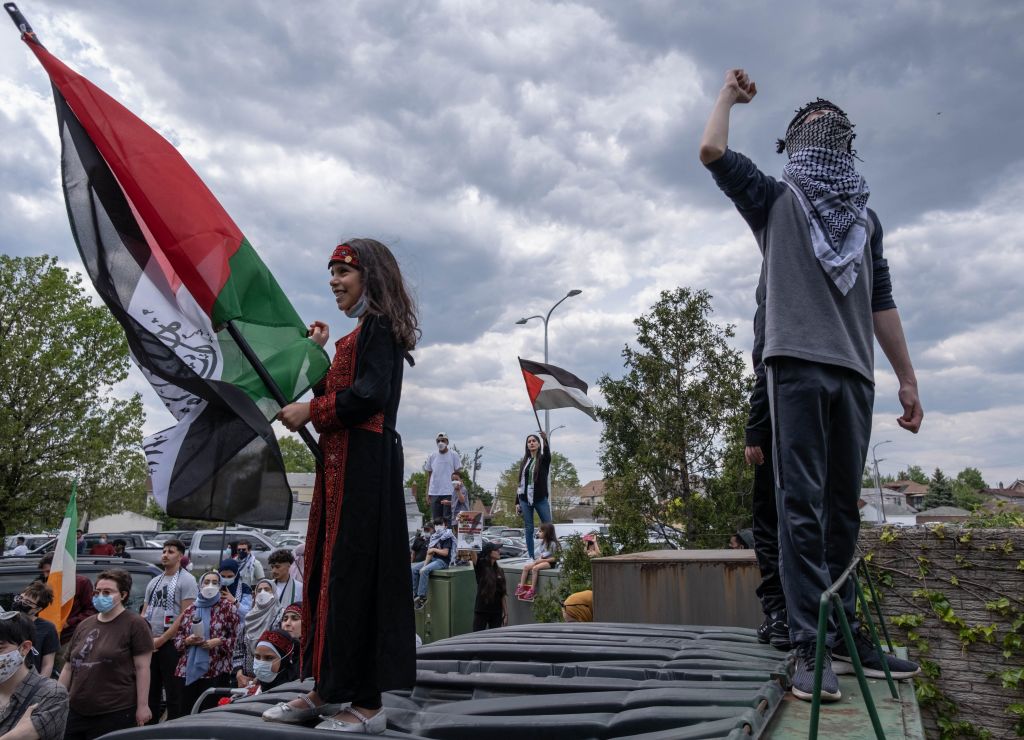
The Detroit Lions have not won a championship since 1957. That same year, Detroit’s population grew for the last time—until last year. The Lions still haven’t won the Super Bowl, but they’re gaining momentum. And, for the first time since 1957, Detroit’s population is growing.
The increase was modest; the U.S. Census Bureau reported a 1,852-person bump in the Motor City’s ranks. Still, that’s more than can be said for cities like Baltimore, Philadelphia, Chicago, and New Orleans, where populations declined over the same period. Whether Detroit’s growth is a one-off or the beginning of the comeback often forecasted but never imminent, only time will tell. Detroit will have to prove itself capable of overcoming the factors that led to its demise.
Founded by French fur traders and missionaries, Detroit has long been subject to demographic change. The once-small city was a bargaining chip for great powers through the latter half of the 18th century, traded from French to British to American hands, often with incursions from regional Native American tribes. Located along the waterway connecting Lake Huron to Lake Erie, Detroit was well-positioned for the growth of the young nation’s industry.
Over the next century, European immigrants came to Detroit, mostly from Poland, Ireland, and Germany. Unlike residents of most major American cities, Detroit’s citizens lived mainly in single-family homes rather than tenements or row houses—immigrants included. But, as was common, immigrants settled in ethnically homogeneous neighborhoods, giving rise to Poletown, Germantown, and Greektown within the city limits.
When Henry Ford transformed Detroit into Motor City, he hired factory workers from among the city’s immigrant population, attracting labor with the generous $5 workday. But the growth of Ford Motor Company soon outpaced the growth of Detroit’s immigrant population. The automobile industry needed more factory workers, but fewer Europeans were moving to the city due to several restrictive immigration bills in the 1920s. Looking for workers domestically, Ford began hiring black Americans who had moved north in search of work and a reprieve from the Jim Crow South.
Ford’s continued expansion would not just change Detroit economically but demographically, culturally, and geographically. By 1930, Detroit’s black population grew 25-fold to 150,000. Like European immigrants before them, black Americans lived in ethnically homogeneous neighborhoods in the city.
And as both money and workers poured into Detroit, rapid industrialization heightened racial tensions in the city. Searching for available land and lower prices, companies began building new factories on the outskirts of Detroit. And as companies moved out of downtown, so did their employees. A 1932 population survey concluded that “the outward expansion of the city has pushed suburban development farther and farther away from the down-town section. As a result…Detroit is deteriorating within the heart of the city itself.”
But the deterioration was slow—for a while, at least. Detroit residents moved to subdivisions on the city’s outskirts, many of which advertised themselves as havens from the city’s ethnic integration. Some new neighborhoods offered buyers assurance that, “ten years from today, the neighborhood will be just as desirable as it is today,” not so subtly hinting at race occupancy restrictions for the new developments.
Property owners in Detroit were concerned about the same thing. Those who didn’t, or couldn’t afford to, move away became wary of fluctuations in property value. With the financial disaster of the Great Depression still in recent memory, white, working-class homeowners were skeptical of anything that could jeopardize their property value—including racial integration. Where suburban homeowners had recourse to realtors, urban homeowners often took matters into their own hands, heightening racial tensions.
By 1957, more people were leaving Detroit than were moving in, and the black population remained fairly concentrated in central neighborhoods. Then, a decade later, came the summer of rage.
Of the 158 race riots that exploded in cities across America during the summer of 1967, Detroit’s riots were the bloodiest. Over five days, 43 people were injured, 7,2000 arrested, and more than 2,500 buildings were looted or destroyed. Michigan’s governor sent in the
The hemorrhage of white residents to the suburbs turned into abject flight. In 1967, 47,000 people left Detroit, headed for the suburbs. The following year, 80,000 people left. In the next decade, Detroit public schools saw a 74 percent decrease in the number of white students enrolled. Following white flight, Detroit became a majority-black city.
As Detroit’s population plummeted, neighborhoods were abandoned, and once-bustling subdivisions became blighted. Crime spiked, heroin use grew, and gun violence became commonplace. For decades, Detroit went up in flames every Halloween when arsonists torched hundreds of homes on “Devil’s Night,” as it became known.
By the time deindustrialization created the Rust Belt, Detroit had already fallen. Ironically, the very industry that built the city had also served as a vehicle for displacement and inflamed racial conflict.
As the city’s demographics shifted, so too did its politics. Activists looked to profit from stoking racial tensions, like lawyer and black labor organizer Kenneth Cockrel Sr. In one case, Cockrel was able to convince a jury that his defendant — who had taken an M-1 carbine to his shift at a Chrysler plant and killed two foremen and a fellow worker — was “not guilty by reason of insanity as a result of racism and conditions inside the plant.” As Bill McGraw wrote in the Detroit Free Press, “With such unlikely victories, much of white Detroit was incredulous — and angry — that black radicals were overthrowing the old order downtown.”
In 1973, Coleman Young, a former black radical, ran for mayor against police commissioner John Nichols. Young won the election by three points, supported by the majority of black voters but only 10 percent of white voters.
As time went on, white residents weren’t the only ones who left Detroit. From 2000 to 2020, Detroit lost a third of its black population, undergoing the greatest loss of black residents in any American city. In 2010, 82 percent of Detroiters were black—the highest ratio in the nation—compared to 77 percent today.
Detroiters left, but their houses still stood, creating long stretches of neighborhood blight. Houses in the city sold for as little as $100 in 2011. Mayor Mike Duggan has knocked down over 25,000 blighted houses, aiming for a goal of “next to zero” abandoned homes by the end of next year.
Since 2013, when Duggan first ran for mayor, he claimed that Detroit would gain population under his leadership. Whether he can sustain the growth—or ameliorate frustrated Detroiters who accuse investors of racist gentrification—is another question. As small numbers of white residents return to the city, some black Detroiters feel displaced by new commercial and residential investments. Some are still resentful that white flight to the suburbs crippled Detroit’s tax base, throwing the city into decades of poverty and underfunded resources.
But white people certainly aren’t the only ones moving to Detroit. As mayor, Duggan established an office of immigrant affairs headed up by Fayrouz Saad, who was tapped by Governor Gretchen Whitmer to run Michigan’s immigration policy. Saad’s department administers Whitmer’s Newcomer Rental Subsidy program, which provides up to $500 a month in rental assistance for immigrants and refugees in hopes of reversing Michigan’s decline in population. Program applications can be completed in English, Arabic, Dari, Haitian Creole, Kinyarwanda, Pashto, Spanish, and Ukrainian.
Subscribe Today
Get daily emails in your inbox
In the years since white flight, Detroit has experienced a new wave of immigration. Immigrants from Middle Eastern countries have flocked to the region in recent years, giving the Detroit metro area the largest Muslim population in the nation. Dearborn, which lies just outside of the Detroit city limits, recently became America’s first majority-Muslim city.
Inside Detroit, too, Arab-Americans have moved into the neighborhoods founded by European immigrants. For years, Polish-Americans lived in Hamtramck, creating a small enclave of Polish culture. In 2021, however, Hamtramck elected a completely Muslim city council, and Amer Ghalib became the first mayor of Hamtramck in 100 years without Polish heritage.
Demographic change has long been the story of Detroit, but the last seventy years have shown the perils of that change. An increase in population could be the harbinger of urban renewal, though it’s ultimately more likely to bring about heightened ethnic tensions. And if Dearborn and Hamtramck are indicators, the future of Detroit could be shaped less by black-white dynamics and more by the burgeoning conflict between Americans and anti-western values.
-

 Movie Reviews1 week ago
Movie Reviews1 week ago‘The Substance’ Review: An Excellent Demi Moore Helps Sustain Coralie Fargeat’s Stylish but Redundant Body Horror
-

 Politics1 week ago
Politics1 week agoTrump predicts 'jacked up' Biden at upcoming debates, blasts Bidenomics in battleground speech
-

 World1 week ago
World1 week agoIndia’s biggest election prize: Can the Gandhi family survive Modi?
-

 Finance1 week ago
Finance1 week agoSan Bernardino finance director claims she was fired after raising concerns about costly project
-

 News1 week ago
News1 week agoVideo: A Student Protester Facing Disciplinary Action Has ‘No Regrets’
-

 World1 week ago
World1 week agoPanic in Bishkek: Why were Pakistani students attacked in Kyrgyzstan?
-

 Movie Reviews1 week ago
Movie Reviews1 week ago‘Rumours’ Review: Cate Blanchett and Alicia Vikander Play Clueless World Leaders in Guy Maddin’s Very Funny, Truly Silly Dark Comedy
-

 News1 week ago
News1 week agoPhiladelphia police make several arrests as protesters try to occupy Penn's Fisher-Bennett Hall



